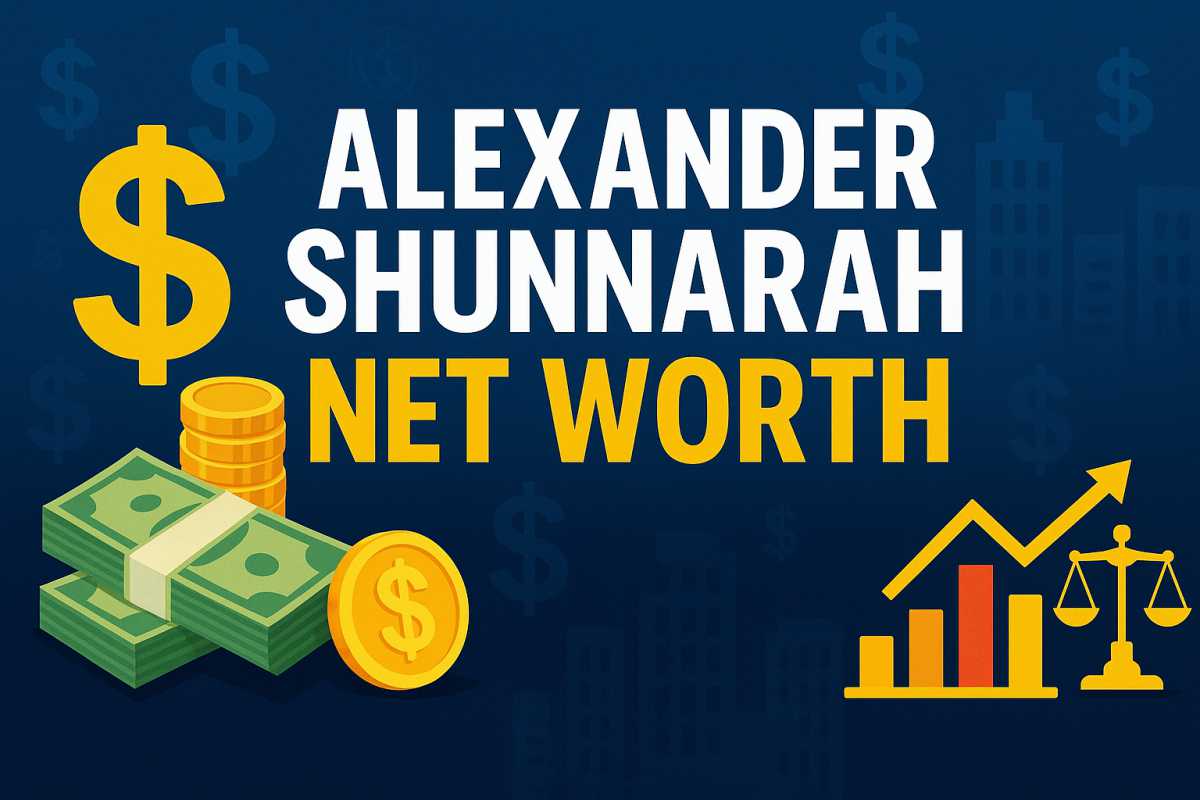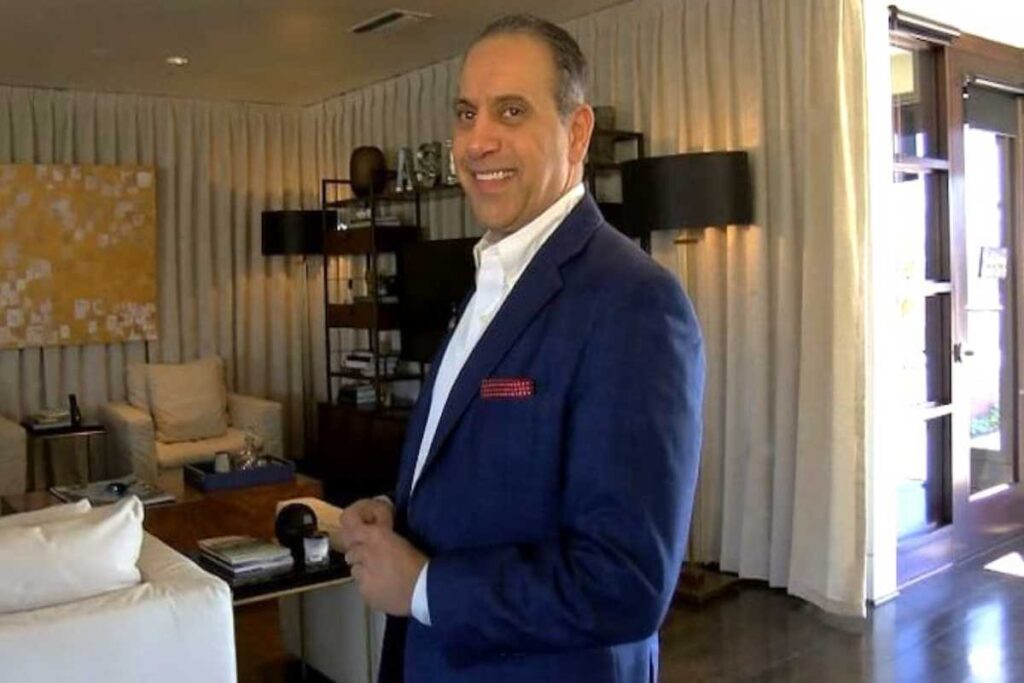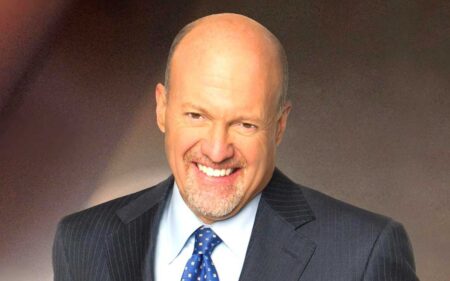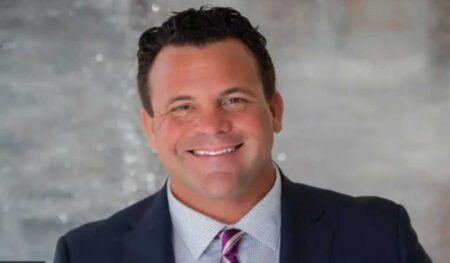When people ask about Alexander Shunnarah net worth in 2025, they’re really asking two things: How big is the legal empire? and How much of that turns into personal wealth? Public numbers vary wildly and the firm is private, so there’s no audited figure. Still, we can triangulate a reasonable range from credible public info and typical personal-injury business economics.
Quick bio, so we’re on the same page: Shunnarah is an Alabama-based personal injury attorney, founder & CEO of Alexander Shunnarah Trial Attorneys, known for aggressive marketing (especially billboards) and multi-state expansion.
Alexander Shunnarah Net Worth in 2025
Contents
Online claims span from “single-digit millions” to “nine figures.” That’s a red flag by itself. Here’s what we can ground in public info:
-
He founded and still leads a large contingency-fee PI firm with nationwide footprint and heavy marketing.
-
The firm publicly highlights very large client recoveries (firm marketing cites $1B+ across categories). While recoveries ≠ revenue, they signal meaningful fee potential.
-
By 2020, press reports referenced ~28 offices in nine states and 400+ attorneys/staff, indicating scale years before the current date.
Given that backdrop—and the fact that contingency practices often have lumpy cash flows—a conservative 2025 personal net-worth range of ~$50M–$150M is reasonable. It’s wide on purpose: we’re accounting for private ownership, taxes, reinvestment in marketing, and non-legal assets. (If you see precise claims like “$6.9M” or “$975M” floating around, take them with a grain of salt; those outlets don’t provide verifiable methodology.)

2024–2025 indicative earnings model
This is a directional model, not a disclosure; actuals vary by case mix and payouts.
| Stream | How it happens | Indicative annual range |
|---|---|---|
| Partner draws / profit distributions | Owner share from contingency fees after firm overhead | $8M–$25M |
| Branding & media (speaking, appearances, cross-licenses) | Select deals linked to the well-known brand | $0.3M–$1.5M |
| Real-estate & passive investments | Property stakes, diversified portfolio | $0.5M–$2M |
| Other (board/service, JV stakes) | Occasional ventures tied to legal marketing | $0–$1M |
Rationale: A firm of this scale can plausibly support eight-figure owner earnings in strong years; in softer cycles, distributions compress as marketing and case costs rise. The point: big swings are normal in PI.
How he makes money?
-
Contingency-fee cases at scale. Volume + high-value cases = the engine.
-
Relentless marketing. “Ubiquitous across Alabama” billboards built recall and fueled expansion into new states.
-
Brand as a business asset. Once a legal brand is top-of-mind, speaking, partnerships, and talent recruitment get easier (and cheaper).
A small quote that sums up the positioning comes from the firm bio: he aims to “provide his clients with the resources to level the playing field.” That’s both a mission statement and a marketing promise—and it explains the scale.
Related Article: Alex Hormozi Net Worth
Alexander Shunnarah Personal life
Origins & education. Born and raised in Birmingham, Alabama, he attended John Carroll Catholic High School, studied at Samford University before transferring to the University of Alabama at Birmingham (B.S., 1991), and earned his J.D. from Birmingham School of Law in 1995.
Age, broadly. Public sources place him in his late 50s as of 2025. Exact birthdays differ across non-authoritative sites, so “late 50s” is the defensible statement. (This is a good example of why precision without documentation isn’t helpful.)
Career start & firm launch. After early practice in Birmingham, he launched his own firm in 2001—eventually rebranded under the Alexander Shunnarah Trial Attorneys umbrella—scaling it from a small local shop into a multi-state operation.
Related Article: Don Peebles Net Worth 2025
Career snapshot & expansion
In the mid-2010s, regional coverage widened (North Alabama, Gulf Coast), then the firm added new corporate HQ in Birmingham and kept hiring. By 2020, reports referenced 28 offices in nine states and 400+ people; since then, the public-facing locations page has continued to show nationwide coverage.
You can argue about creative, sometimes polarizing advertising, but you can’t argue with distribution: more markets, more intake, more shots at big verdicts/settlements.
Philanthropy & community initiatives
Season of Giving. The firm runs recurring holiday-season campaigns that funnel money, goods, and attention to community needs—coats, shoes, and essentials. One write-up on the “Season of Giving” described multi-week giving drives spanning the firm’s footprint.
Local causes. In Alabama media and firm posts, you’ll find recurring references to supporting education, shelter, and underserved families—plus specific drives like the Shoe Clinic partnership to provide athletic shoes and winter items.
Animal welfare. There are also campaign efforts on behalf of the Greater Birmingham Humane Society, organized to raise funds and supplies during peak intake periods.
Philanthropy can be just good PR, sure—but it also builds internal culture. Community-facing programs make it easier to recruit (and keep) mission-driven staff, which, ironically, loops back into business performance.
Related Article: What is Jeremy Miner Net Worth?
Frequently asked mini-FAQ
-
Is there a single verified number for 2025? No. The company is private; no audited net-worth statement exists. Reasonable analysts quote ranges.
-
Why do some sites claim super-precise figures? Clicks. Without methodology, precision is not accuracy.
-
Could the real number be above the range? Possible, especially if multi-state verdicts plus settlements stacked in a single tax year. But absent filings, that’s speculation.
Bottom line
The safest way to talk about Alexander Shunnarah net worth is as a range, not a headline-friendly single number. Given the size of his contingency-fee practice, the national brand, and long runway, $50M–$150M in 2025 is a defensible band—wide enough to be honest, narrow enough to be useful. What’s less debatable is the business story: a Birmingham lawyer who scaled a PI brand across the country, invested heavily in marketing, and used that visibility to build both a firm and a community footprint.




